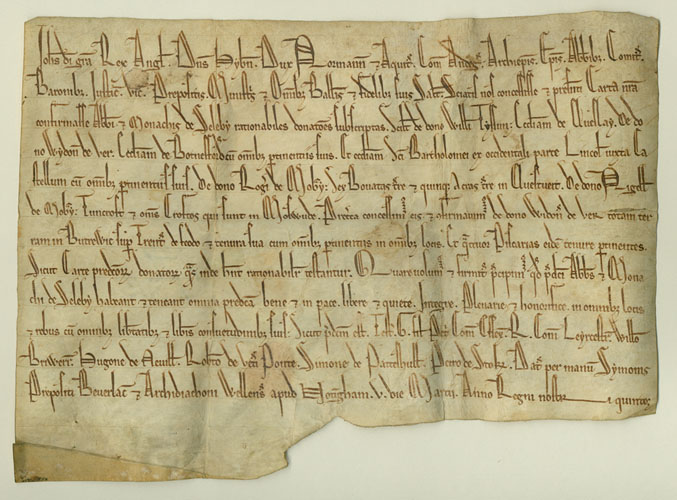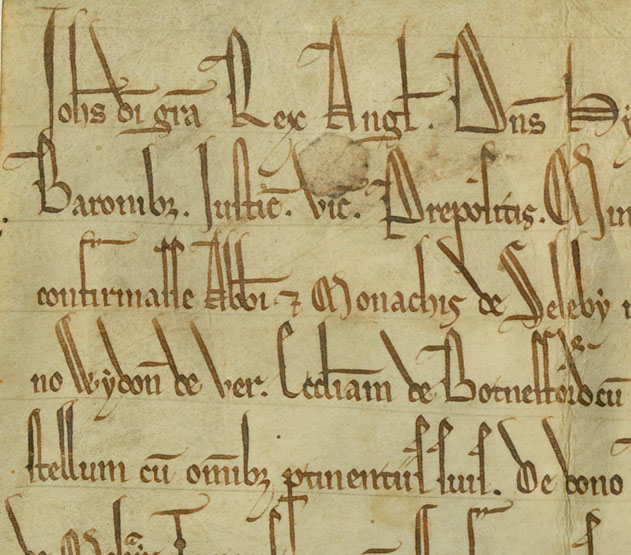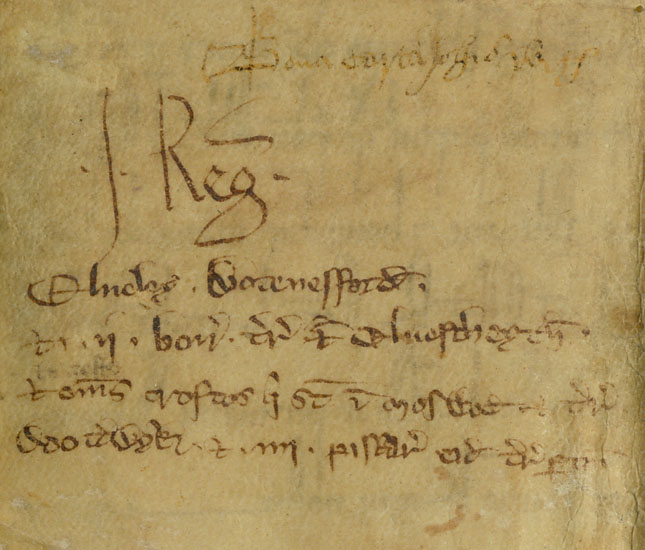King John, oh King John. Best remembered for signing the Magna Carta (after being forced by his barons to do so), losing most of England's territory on the continent (in a war triggered partially by his marriage to Isabelle of Angoulâme), and trying to seize the crown from his elder brother Richard the Lionheart (while Richard was being held captive by Duke Leopold of Austria), John's life and 16-year reign was violent and unpopular. The 13th-century chronicler Matthew Paris went so far as to declare, "Hell is too good for a horrible person like him," although this general view has been somewhat tempered in the intervening 800 years. In 1207, John was excommunicated by the Pope after fighting about who should be Archbishop of Canterbury, and all of England was placed under a church interdict "permitting no ecclesiastical office save the baptism of infants and the confession of the dying." But two years before his fallout with Innocent III, John was apparently on somewhat better terms with the Church.

This document, dated 5 March 1205, is a charter that conferred land holdings or privileges on the abbey and monks at Selby. It is written on a piece of vellum in a gothic script, and it is difficult to read -- not only because the style of handwriting is unfamiliar, but also because of the method of abbreviating words that is peculiar to medieval Latin. In the extract below, the almost tilde-shaped macrons above words indicate that letters are missing. For instance, the first five words can be expanded to Johns dei gratia Rex Angliae. And in the third line, you can see where the Abbey and monks of Selby are mentioned. Notice the character that looks like a crossed "7" -- this is an ancient shorthand symbol for "et," which is now represented with an ampersand.

John signed the charter ".J. Reg" on the verso, along with a note that I cannot decipher. Notice how the quality of his penmanship varies from that of the trained scribe above. His signature seems almost to quaver, and not only does he fail to form the individual letters with the precision that is present in the formal gothic script, but the ink fades out towards the end of each line. I am curious about John's added note -- can you help us decipher it?

This is the oldest item in the Morgan's Department of Literary and Historical Manuscripts; for more information about it, click here.